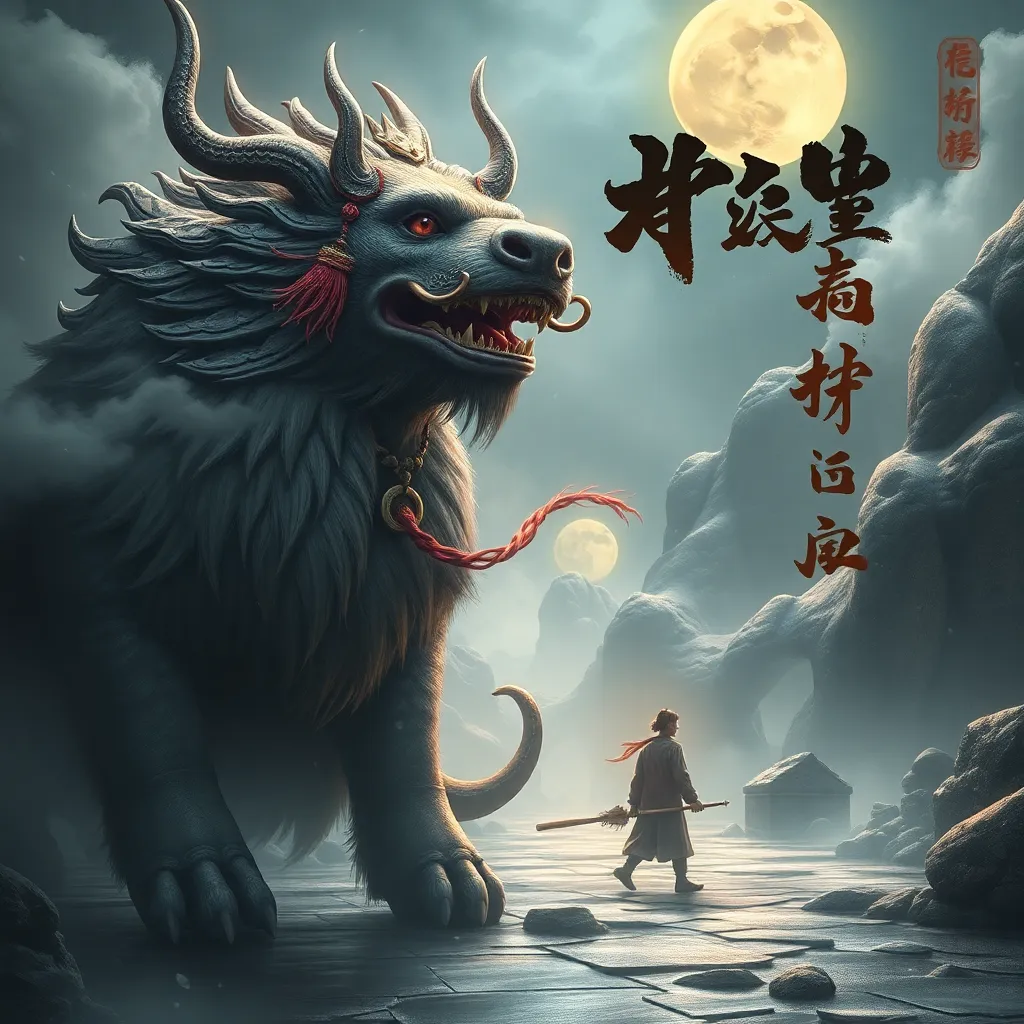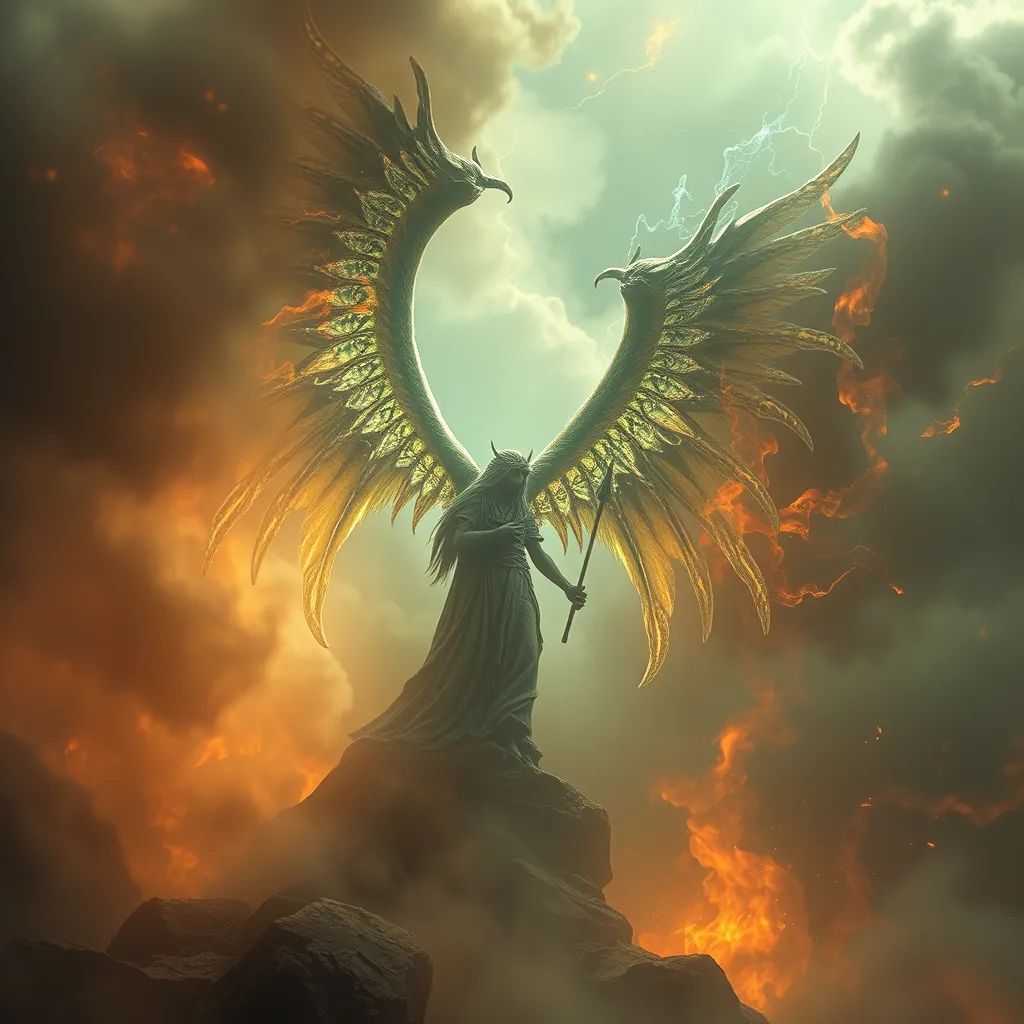The Selkie in Norse Mythology: Unveiling the Hidden Tales of the Seal-Skinned Woman
I. Introduction
The Selkie, a fascinating figure in Norse mythology, is often described as a seal that can shed its skin to become human. This duality embodies a rich tapestry of themes, emotions, and cultural significance. Selkies are not merely mythical creatures; they are symbols of longing, transformation, and the connection between humanity and nature.
In folklore, Selkies play a pivotal role, acting as bridges between the human world and the mystical realm of the sea. Their stories intertwine love, loss, and the eternal struggle for freedom. This article aims to explore the origins, symbolism, and cultural impact of Selkies, delving into their profound significance in both ancient and modern contexts.
II. Origins of Selkie Legends
The legends of Selkies can be traced back to the coastal regions of Northern Europe, particularly in Norse and Celtic cultures. These tales likely emerged from the rich maritime traditions and the human experience of living by the sea.
Early references to Selkies appear in various historical texts and oral traditions. For instance, the Orkneyinga Saga, written in the 12th century, includes mentions of seal-like beings that could transform into humans. Over time, these stories evolved, adapting to the changing cultural landscapes and the needs of the communities that told them.
Important aspects of the Selkie legends include:
- Geographical roots primarily in Scotland, Ireland, and Norse territories.
- Influence of early seafaring communities and their relationship with nature.
- The blending of Norse, Celtic, and later Christian elements in the narratives.
III. The Duality of Selkies: Seal and Human
One of the most captivating elements of Selkie lore is their transformation from seal to human. This metamorphosis signifies not just a physical change but also a deeper duality within the Selkie’s identity.
The transformation process typically occurs when a Selkie sheds its seal skin, revealing a beautiful human form underneath. This act symbolizes a longing for connection and the often painful separation from their true home—the sea.
Symbolism plays a crucial role in understanding the Selkie’s duality:
- Water: The sea is a transformative element, representing both freedom and confinement.
- Identity: The dual existence of Selkies highlights themes of belonging and the struggle between two worlds.
- Femininity: Selkies are often portrayed as beautiful women, embodying the allure and danger of the unknown.
IV. Notable Selkie Tales and Their Themes
Throughout history, numerous Selkie tales have captured the imagination of audiences. Some notable stories include:
- The Selkie Bride: A tale of a fisherman who captures a Selkie’s skin, forcing her to become his wife.
- The Seal Woman: A story of love and loss, where a man must choose between his human life and the call of the sea.
- The Fisherman and the Selkie: A narrative exploring the intersection of fate and choice, where the fisherman’s actions lead to tragic consequences.
Common themes in these tales often include:
- Love and longing, often portrayed through the relationships between humans and Selkies.
- Loss, highlighting the emotional struggles of separation and the desire for freedom.
- The role of fate and choice, with characters facing moral dilemmas that affect their destinies.
V. Cultural Impact and Representations
The influence of Selkie mythology can be seen across various forms of art and literature. From ancient ballads to contemporary novels, Selkies have inspired countless creative works.
Modern adaptations often reinterpret Selkie stories to resonate with contemporary audiences. Examples include:
- Films that explore the themes of transformation and identity.
- Literature that reimagines traditional tales for new generations.
- Artworks that depict the mysterious beauty of Selkies and their connection to the sea.
The enduring legacy of Selkies is evident in the way they continue to captivate the human imagination, serving as a reminder of our connection to nature and the mysteries that lie beneath the surface.
VI. Symbolism and Interpretation
The Selkie can be viewed as a powerful symbol of femininity and the complexities of identity. Their stories often reflect the struggles women face in seeking autonomy and freedom.
Several interpretations can be derived from Selkie mythology:
- Feminine Identity: Selkies embody the beauty and power of feminine nature, often invoking both admiration and fear.
- Freedom vs. Confinement: The tension between their human and seal forms represents the broader human experience of seeking freedom while navigating societal constraints.
- Psychological Reflections: Selkie tales can be interpreted as explorations of the subconscious, addressing themes of desire, loss, and the search for belonging.
VII. The Selkie in Modern Society
In recent years, there has been a resurgence of interest in Selkie mythology, driven by a growing appreciation for folklore and its relevance to contemporary issues.
Selkie stories resonate strongly with themes such as:
- Environmental concerns, reflecting humanity’s relationship with nature.
- Identity and belonging, especially in multicultural societies.
- The exploration of gender roles and the quest for personal freedom.
The role of community and storytelling remains vital in preserving these ancient legends. Folklore continues to serve as a means for cultural expression and connection, allowing modern audiences to engage with their heritage.
VIII. Conclusion
Selkie legends hold significant cultural and emotional weight, weaving together themes of love, loss, and the quest for freedom. As we explore these enchanting tales, we uncover deeper truths about our own identities and desires.
The impact of Selkies in mythology and culture is profound, offering insights into the human experience and our relationship with the natural world. As we continue to delve into the rich tapestry of Norse folklore, we invite further exploration of these captivating stories and their modern relevance.



